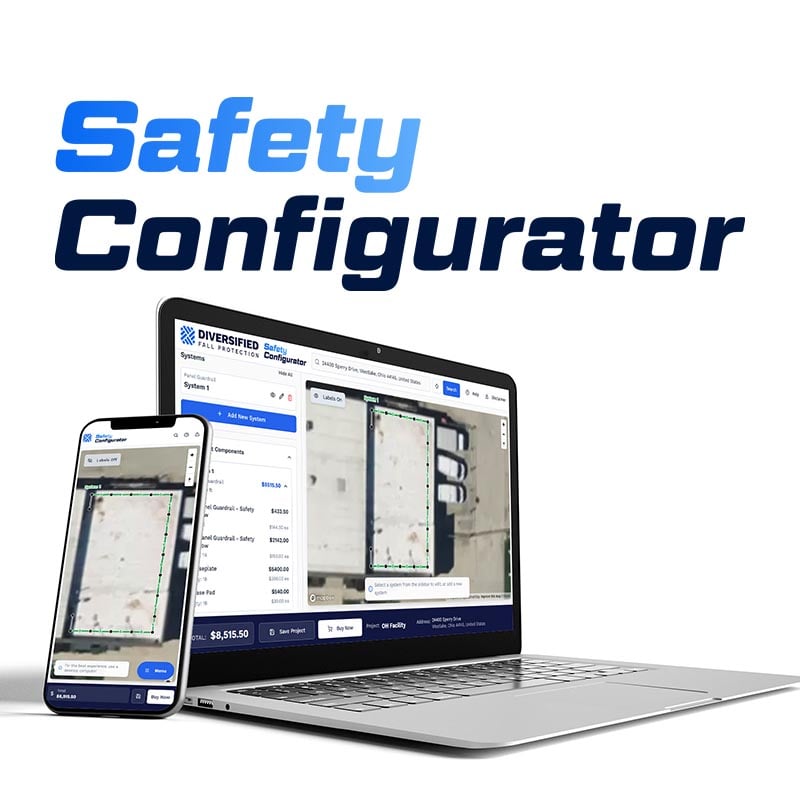Fisk Descenders
Fisk Descenders are components of a rope descent systems commonly used in work positioning and rescue operations. For descent applications, the Fisk Descender is used as part of a complete descent and personnel riding system. A descent application configuration typically includes a full body harness, boatswain’s chair or workseat, independent personal fall protection system, and the Fisk Descender with working line. For rescue applications, the Fisk Descender is used as part of a complete rescue system which would typically include a full body harness or rescue sling, anchorage connector (i.e. carabiner) and the Fisk Descender with working line.

Related Markets
OSHA Regulations
Rescue and Descent
- Personal Fall Arrest Systems: System performance criteria. In addition to the general requirements in paragraph (c) of this section, the employer must ensure that personal fall arrest systems: 1910.140(d)(1)(i)
-
- Limit the maximum arresting force on the employee to 1,800 pounds (8 kN); 1910.140(d)(1)(ii)
- Bring the employee to a complete stop and limit the maximum deceleration distance the employee travels to 3.5 feet (1.1 m); 1910.140(d)(1)(iii)
- Have sufficient strength to withstand twice the potential impact energy of the employee free falling a distance of 6 feet (1.8 m), or the free fall distance permitted by the system; and... 1910.140(d)(1)(iv)
- Sustain the employee within the system/strap configuration without making contact with the employee's neck and chin area. 1910.140(d)(1)(v)
If the personal fall arrest system meets the criteria and protocols in appendix D of this subpart, and is being used by an employee having a combined body and tool weight of less than 310 pounds (140 kg), the system is considered to be in compliance with the provisions of paragraphs (d)(1)(i) through (iii) of this section. If the system is used by an employee having a combined body and tool weight of 310 pounds (140kg) or more and the employer has appropriately modified the criteria and protocols in appendix D, then the system will be deemed to be in compliance with the requirements of paragraphs (d)(1)(i) through (iii). 1910.140(d)(2) The employer must ensure that:
-
- On any horizontal lifeline that may become a vertical lifeline, the device used to connect to the horizontal lifeline is capable of locking in both directions on the lifeline. 1910.140(d)(2)(ii)
- Personal fall arrest systems are rigged in such a manner that the employee cannot free fall more than 6 feet (1.8 m) or contact a lower level. A free fall may be more than 6 feet (1.8 m) provided the employer can demonstrate the manufacturer designed the system to allow a free fall of more than 6 feet and tested the system to ensure a maximum arresting force of 1,800 pounds (8 kN) is not exceeded. 1910.140(d)(3)
- Body belts. Body belts are prohibited as part of a personal fall arrest system.

b-1.jpg?width=1368&height=1340&name=Rail%20(175)b-1.jpg)


.webp?width=549&height=412&name=power-transmission-2%20(1).webp)
